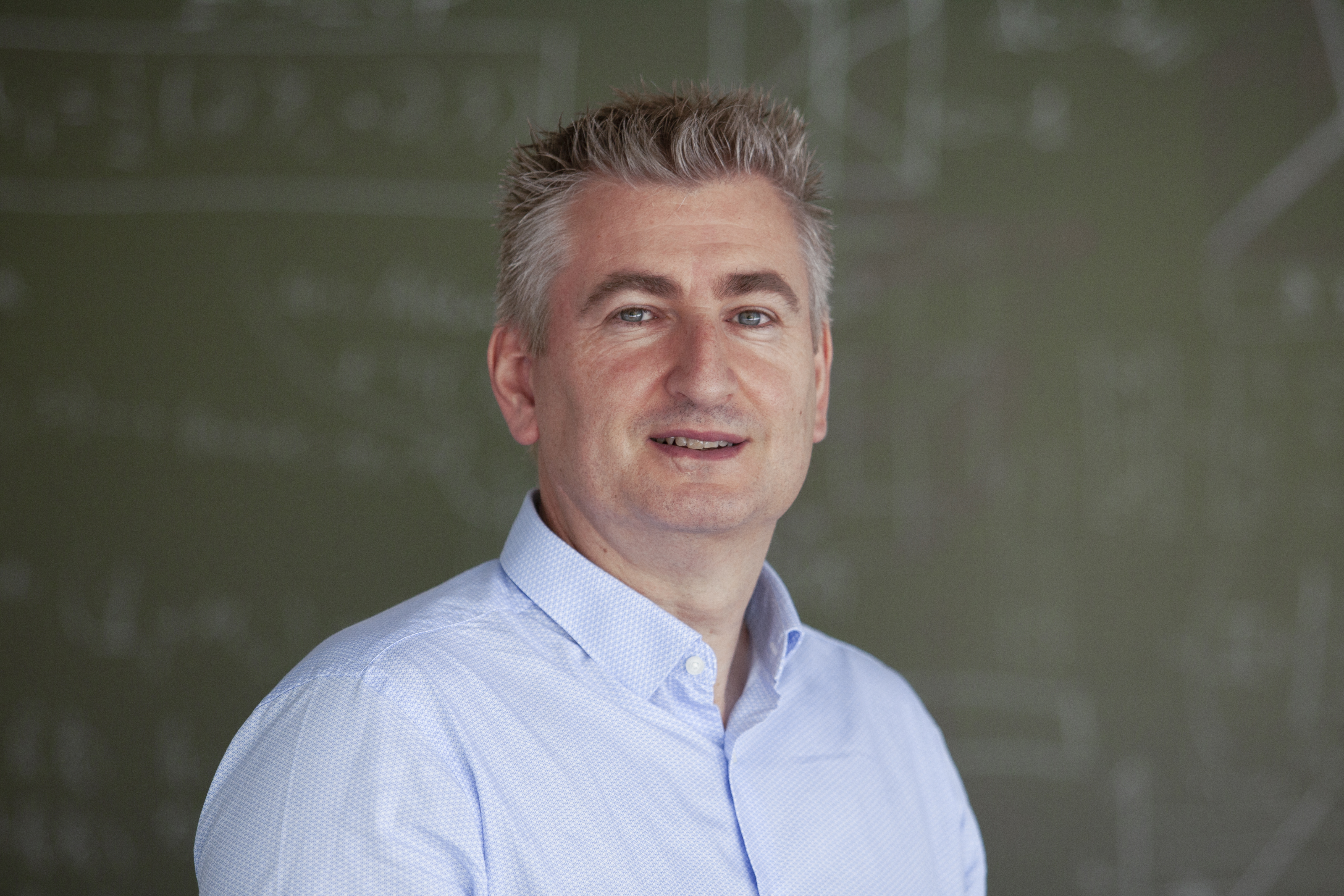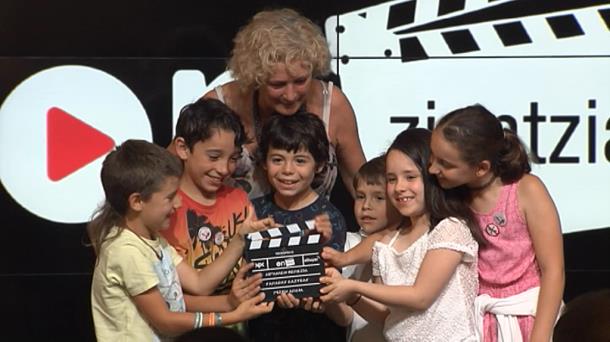“Overcoming the light diffraction limit surprised me deeply.”
2024/03/01 Galarraga Aiestaran, Ana - Elhuyar Zientzia Iturria: Elhuyar aldizkaria
Javier Aizpurua Iriazabal (Donostia, 1971) is a researcher and professor at the Donostia International Physics Center and leader of the Nanophotonics Theory Group. It analyzes the interaction between light and matter at nanoscale, with special attention to the optical response of metallic nanoantennas and to quantum effects. He has received numerous awards for his contributions in this area, including the 2022 Euskadi Research Award. He acknowledges that the questions have not been easy for him, but he answers precisely and clearly.
 None
None
What has surprised, altered or surprised you most since you started working?
In my opinion, one of the main technological developments related to light to bring to my area has been to exceed the diffraction limit. What is that? Light is an electromagnetic wave, but like all waves, light can't catch, it scatters. We call this dispersion diffraction, and back in the 19th century the physicist Ernst Karl Abbe said that we can't focus light, that we can't capture it at distances less than half the wavelength. This is the diffraction limit.
In recent decades, optical technologies have enabled us to overcome this limit of diffraction. And by overcoming it, the cells of a micrometer that used to be seen exactly, we now see them with great resolution, as well as internal structures. This achievement brought three physicists to the Nobel Prize in Chemistry in 2014: Eric Betzig, William Moerner and Stefan W. Hell.
I was deeply surprised. They used different techniques to overcome the light diffraction limit, which has allowed us to make enormous progress, like biomedicine.
What revolution or discovery would you like to witness?
When I think about the answer to this question, human health comes to mind again and again. I'd like you, combining all the techniques -- photonics, electronics, histology, biochemistry, genetics, engineering, artificial intelligence -- to have the perfect robot doctor. I mean, you go into a camera, which scans you up and down in a non-invasive way, and what it tells you is what you have, and what the treatment or the solution is.
Finally, the closest tool is nuclear magnetic resonance. With this you can see the structure of the whole body, layer by layer. This information, with the help of artificial intelligence, would go to the level of physiology and from there the diagnosis, since from a cell would know if there is any problem. And once we know the diagnosis, treatment would come. This is one more step, and there would be nanotechnology, assisted intervention ... It's a dream, but I don't think it's so impossible, and if it's true, I don't know if we're going to live longer, but above all we're going to live better. I would like that.

Gai honi buruzko eduki gehiago
Elhuyarrek garatutako teknologia




